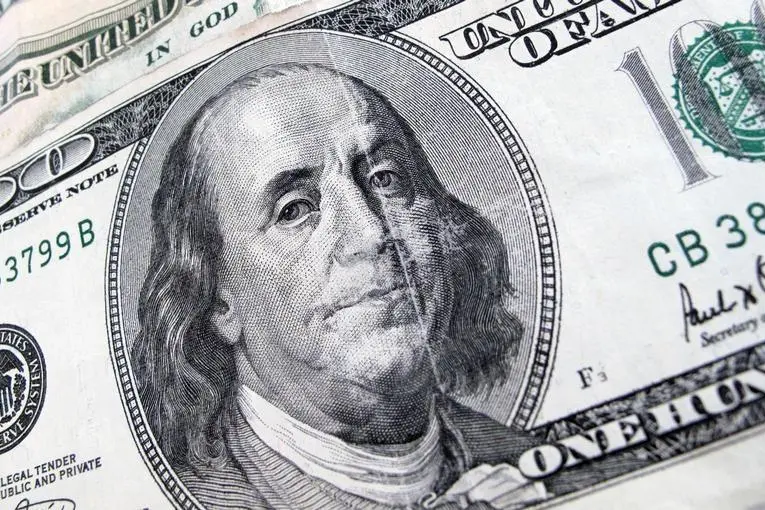PHOTO
Some highly rated U.S. companies have issued bonds that convert to shares to raise several billion dollars so far this year, in what bankers said signals a shift in a market that has long been dominated by companies with few other options to raise money.
Investment-grade-rated companies have traditionally avoided such convertible securities because they risk giving away shares at a discount to the market price, lowering the value of their stock. Credit-worthy companies have found in the past that they can raise funds more cheaply in investment-grade bond markets.
But in the past week alone, two highly rated utility companies -- PPL Corp and Southern Co -- raised a total of $2.4 billion through convertible bonds, making them the first investment-grade utilities in 20 years to do so. They were able to issue the securities at much lower interest rates than what they would have had to pay on a bond.
So far this year, investment-grade companies have helped boost convertible bond issuance volumes to $8.5 billion, putting the market on pace to reach $65 billion to $70 billion this year, or more than double the amount raised in 2022 and returning to the levels of previous years, one banker said.
Craig McCracken, co-head of equity capital markets at Wells Fargo, said more investment-grade companies were showing interest, promising to make 2023 "a breakout year relative to 2022" for convertible bond issuance.
CHEAP FINANCING
The entry of some investment-grade companies in the convertible bond market shows how the U.S. Federal Reserve’s rapid interest rate hikes to stamp out inflation have created anomalies in the marketplace. In recent weeks, economic resilience in the face of the Fed’s campaign has added to uncertainty about the path of the stock market and interest rates in the coming months.
In interviews, two bankers and an investor said that uncertainty has made convertible bonds an attractive option to raise money for some investment-grade companies. That is supported by an accounting rule change last year that made it less expensive for companies to issue convertible bonds and by steady demand from funds dedicated to investing in these securities, they said.
"Convertibles are the cheapest available financing for both high-yield and high-grade issuers right now," said Josh Schaeffer, managing director at accounting firm Equity Methods.
HYBRID SECURITIES
Convertible bonds are hybrid securities. Like a regular bond, they pay a coupon and their yields change with interest rates. But their value also depends on the company's stock price, as they can convert to shares. The hybrid nature can limit the risk but also add to it.
Earlier this week, for example, investors bought PPL’s convertible bond at 100 cents on the dollar, or at par. The bond was trading at 101 cents on Friday.
Investors were betting on an appreciation in the shares of the company, according to Howard Needle, portfolio manager at Wellesley Asset Management, which bought the bond.
PPL’s stock is up 19% from a low of $23.28 in October last year.
Because defensive stocks such as utilities like PPl could benefit if interest rates keep rising, potential returns for investors in convertible bonds could be boosted. That environment would make convertible bonds attractive to such companies because it would instill confidence that their offerings would successfully raise money.
On the flip side, investment-grade companies in other sectors whose stock prices suffer when rates rise would likely shy away from the convertible bond market because their product would be less attractive to investors.
For PPL, these factors have meant it was able to raise $900 million through a five-year convertible bond that paid a 2.875% coupon. Southern's 2.75-year bonds pay 3.875%. Both are much lower than the average investment-grade corporate bond yield of 5.48%.
Wells Fargo's McCracken said that in addition to the lure of cost savings, convertibles have become more palatable to higher-rated companies because of an accounting change in 2022.
A U.S. accounting rule had required that companies issuing convertibles add in a hypothetical interest expense on the bond, adding to the cost of issuance. That rule was eliminated last year.
(Reporting by Shankar Ramakrishnan; editing by Paritosh Bansal and Leslie Adler)





















